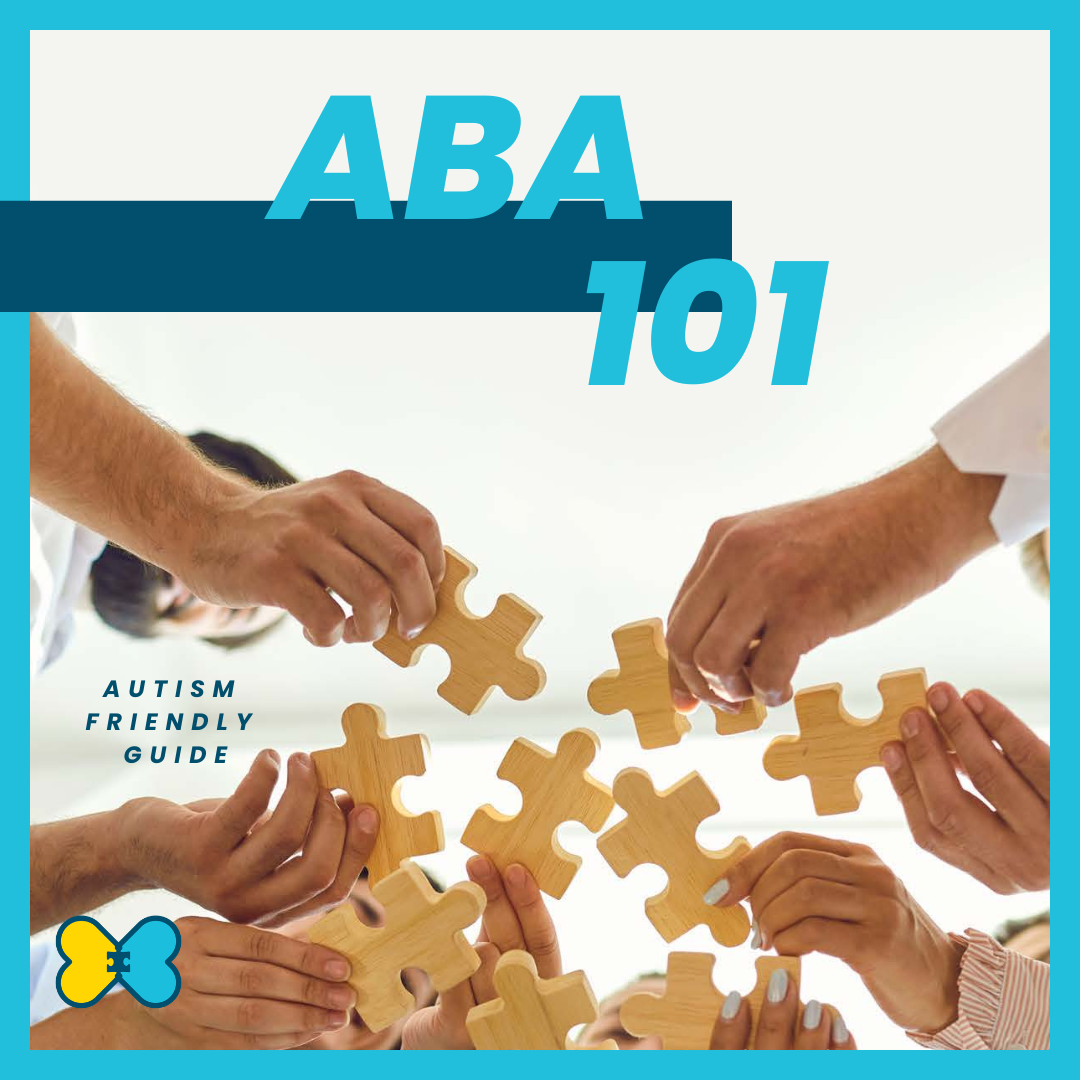- Parent Resources
- Guides
- Social Stories
- Report an Ethical Concern
- Behavior Technician Toolbox
- Educational Trainings
- BCBA CEUs
Parent Resources
ABA: The Basics in a Child's Development
7 Resources for Newly Autism Parents
ABA 101
Providing ABA Therapy to Adolescents
Benefits of ABA
ABA in Schools FAQ
How ABA Therapy Works Under the Commercial Insurance Model: Detailed Guide
Parent Support Group
© 2025 NCB. All rights reserved. | Privacy Policy
- Call us: 704.978.8959
- Fax: 704.978.8960
- Corporate Headquarters: 1514 S Church Street, Suite 104, Charlotte NC, 28203
Click here to talk with
a Care Specialist















